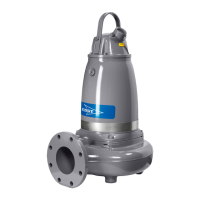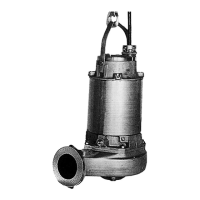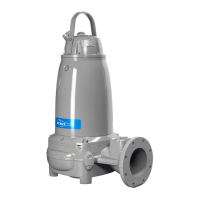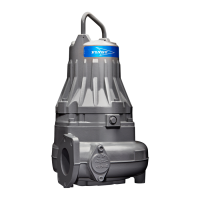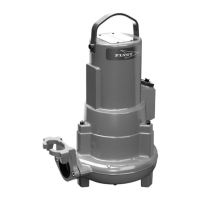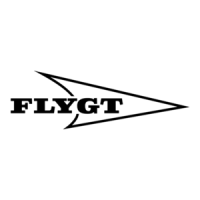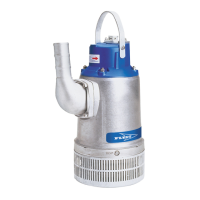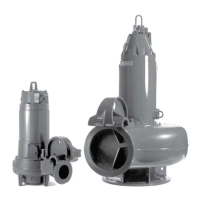What to do if my FLYGT Water Pump does not start?
- TTroy SandovalOct 28, 2025
If your FLYGT Water Pump doesn't start, there are several possible causes: * The installation might not be receiving voltage. Ensure the main power switch is on, there's control voltage to the start equipment, the fuses are intact, and there's voltage in all phases of the supply line. * An alarm signal may have been triggered on the control panel. Check that the impeller rotates freely, the sensor indicators don't indicate an alarm, and the overload protection isn't tripped. * The pump may not start automatically, but can be started manually. Verify the start level regulator is functioning (clean or replace if needed), all connections are intact, the relay and contactor coils are intact, and the control switch (Man/Auto) makes contact in both positions. Also, check the control circu...
